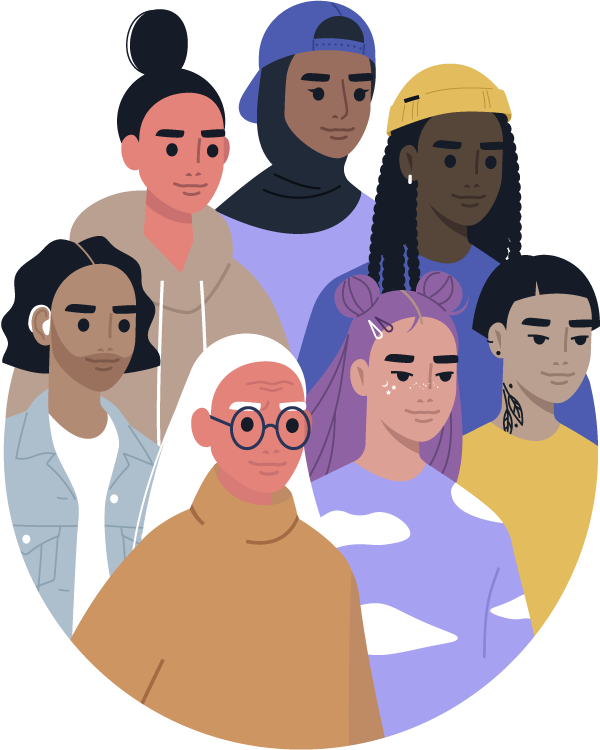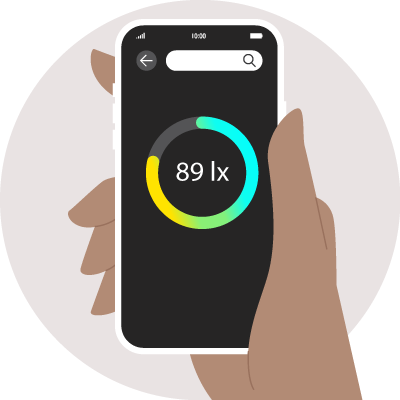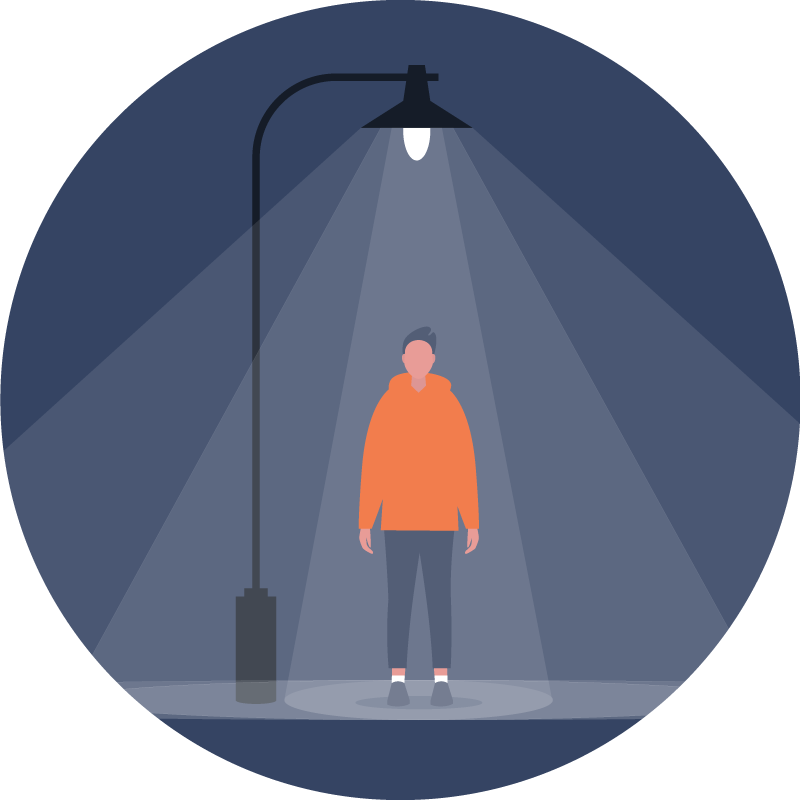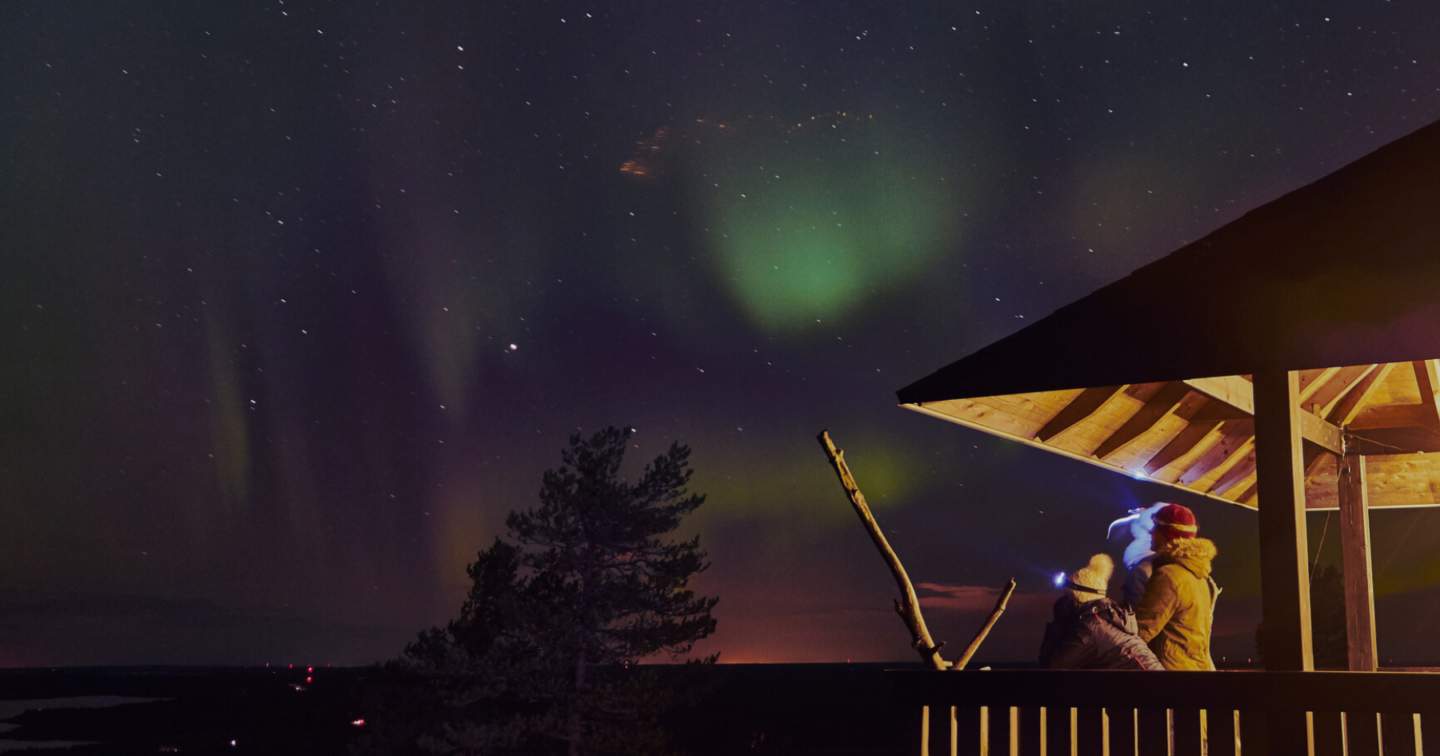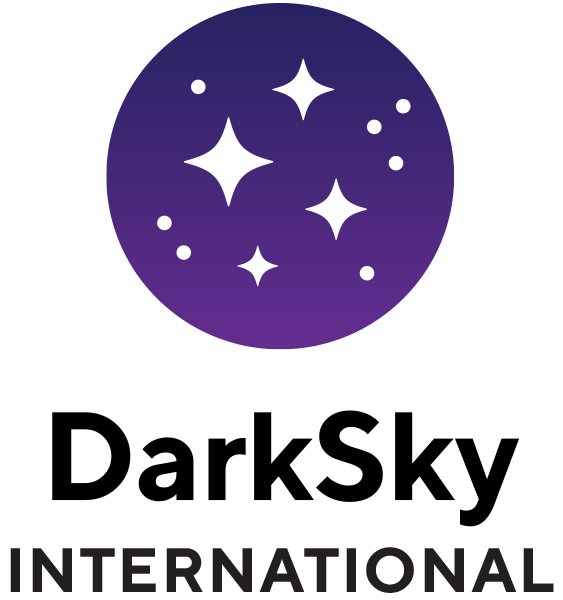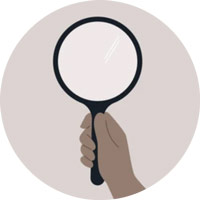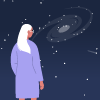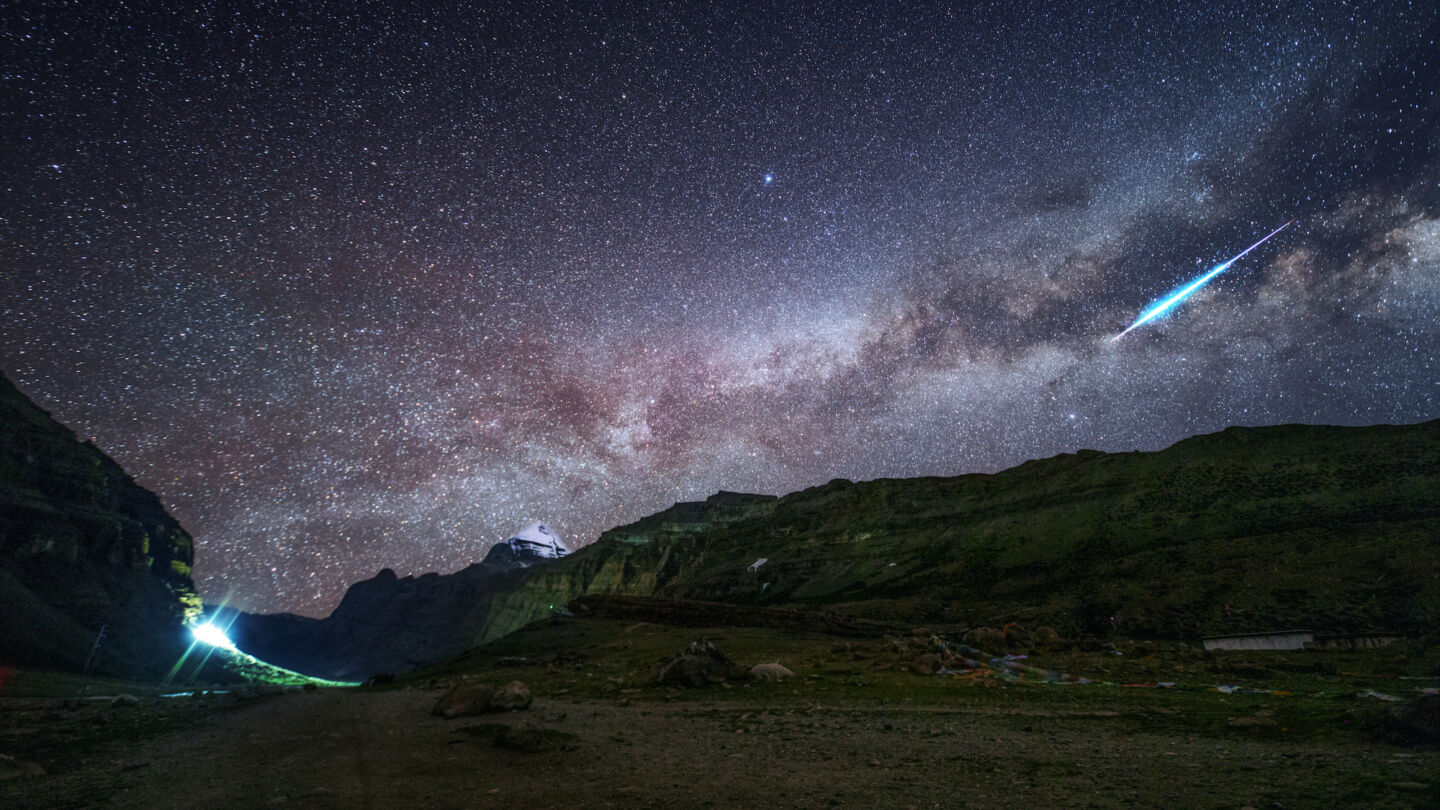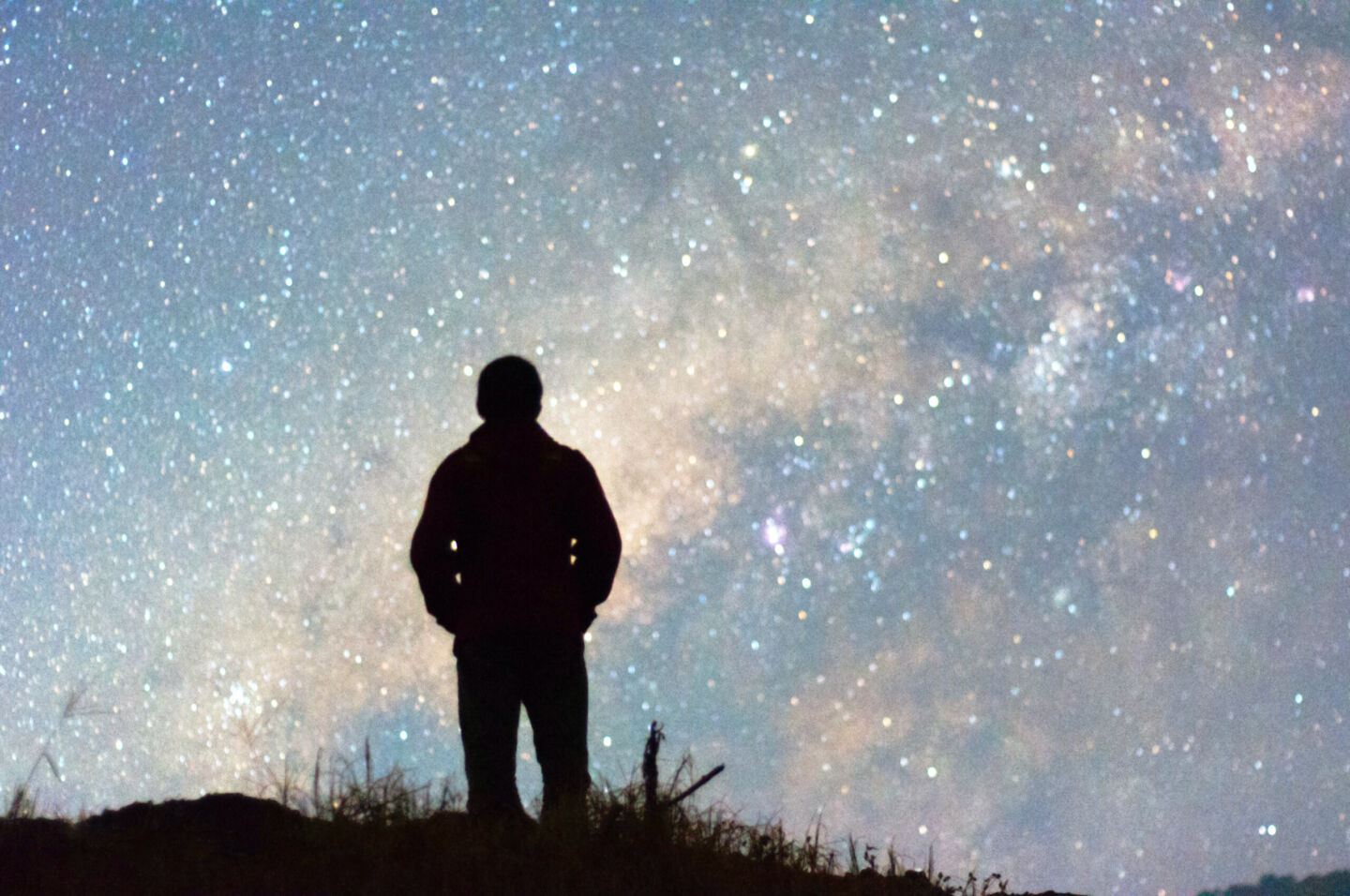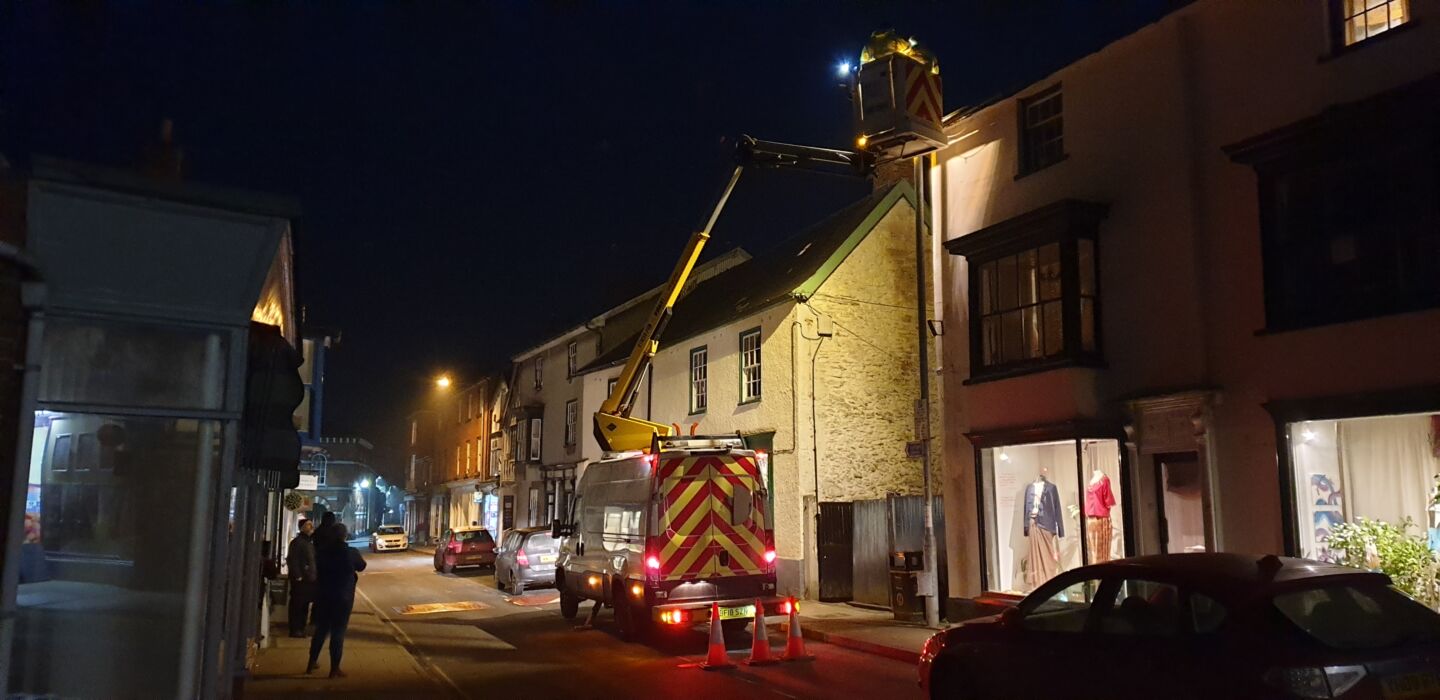
Look Up: The Great Conjunction of 2020

The sky is really showing off this December! The annual Geminid meteor shower is in full swing (and just peaked), there was a total solar eclipse visible from Chile and parts of Argentina, and that’s not all! For months, the two largest planets in our solar system, Jupiter and Saturn, have been gradually moving closer and closer to each other in our night sky. And on December 21, they will be at their closest, appearing just a tenth of a degree apart: that’s only about one-fifth the size of the full Moon! In fact, the planets will be so close that they will, from some perspectives, appear to overlap and become one object in the night sky with the naked eye. However, while they may appear close in the sky to us, the planets are actually hundreds of millions of miles apart.
Why Does This Happen?
These planets align every 20 years because Jupiter orbits the Sun every 12 years, while Saturn takes 30. So, every couple of decades, Jupiter laps Saturn. However, this year’s conjunction is especially rare. These planets have not been this close and visible in the night sky away from the glare of the Sun since the year 1226, and this won’t happen again until March of 2080. The “great conjunction” of Jupiter and Saturn offers a unique opportunity to see the motion of two planets relative to each other in the night sky. And the best part? This event can be viewed from all around the world! However, the farther north you are the less time you will have to catch a glimpse of the conjunction before it slips below the horizon and out of view.
How to Observe the Great Conjunction
It’s always exciting when there’s a celestial event that doesn’t require any special equipment and can be seen with just the unaided eye. To observe the great conjunction look to the southwest shortly after sunset. Jupiter appears brighter than any star in the sky while Saturn, which will appear slightly to the east of Jupiter, is slightly dimmer but has a recognizable golden glow. Note that if you’re viewing from the Southern Hemisphere, Saturn will appear slightly west of Jupiter. The planets will maintain a consistent brightness instead of twinkling like stars. Over the next couple of weeks, you can watch the planets move closer to each other in the sky.
Check out these visuals made by our very own Dr. John Barentine (the numbers relate to the date in December):
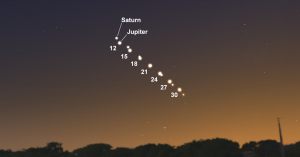
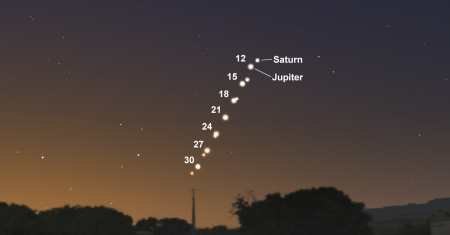
Share Your Experience With Us
In a time when people are feeling incredibly isolated and lonely, celestial events that can be collectively experienced by everyone help to connect us. So, if you’re planning to watch the great conjunction, we would love to hear about your experience! We encourage you to go out on every clear night that you get and observe. Can you see the two planets as separate objects in the night sky? Or do they appear as one with the naked eye? When does that change? Tag us on social media (@idadarksky) and use the hashtag #GreatConjunction to let us know! If you’re a photographer, we’d love to see your photos too! Get out there and look up!
See more of Will Gater’s photos on his website here.

